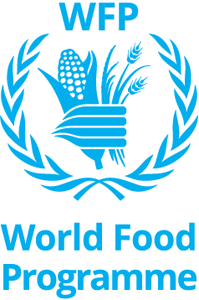You are here
WFP cuts aid to refugees in Kingdom amid funding shortages
By JT - Apr 07,2024 - Last updated at Apr 07,2024
AMMAN — The World Food Programme (WFP) announced that it will continue to reduce assistance for 410,000 vulnerable refugees in Jordan until the end of April due to "funding shortages" from donors since July 2023.
The WFP said that it has been providing food assistance to refugees in camps and host communities throughout February. However, due to funding shortages, all beneficiaries have been receiving a reduced monthly transfer value of JD15 per person since July 2023, Al Mamlaka reported.
The WFP also warned that this reduced assistance is only secured until the end of April, adding that if additional funds are not received soon, the programme may be forced to reduce the number of beneficiaries receiving assistance.
The Programme also said that it provided assistance to more than 715,000 refugees, transferring $8.6 million to beneficiaries, in February, noting that the financial requirements for its operations in Jordan from March to August 2024 amount to approximately $100 million.
The strategic plan of the WFP in Jordan showed that the total requirements amount to $997 million, of which $236 million has been received. The programme’s operational requirements for the current year amount to $213 million.
Jordan, which hosts the “second-highest proportion” of refugees in the world relative to its population, has around 640,000 Syrian refugees and 74,000 refugees from other countries registered with the United Nations High Commissioner for Refugees as of February.
The WFP affirmed that this large number of refugees adds “unprecedented pressure” to the Kingdom’s budget, natural resources, infrastructure and labour market. noting that Jordan has linked the achievement of its national goals to a progressive approach to hosting refugees.
According to the Programme’s monthly report, the percentage of households suffering from severe food insecurity has increased from 5 to 22 per cent among beneficiaries in host communities and from 1 to 7 per cent among camp residents.
Related Articles
AMMAN — The World Food Programme’s (WFP) statistics show that the total number of its beneficiaries reached 487,318 in July 2021.The WFP, th
AMMAN — The World Food Programme (WFP) still needs $41 million in funding by the end of 2023 to continue providing food aid in Jordan, the W
AMMAN — The World Food Programme (WFP) in September provided food assistance to some 462,000 refugees residing in camps and host communities

















